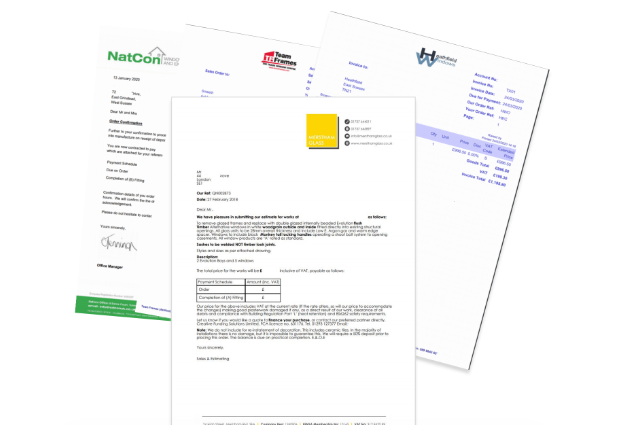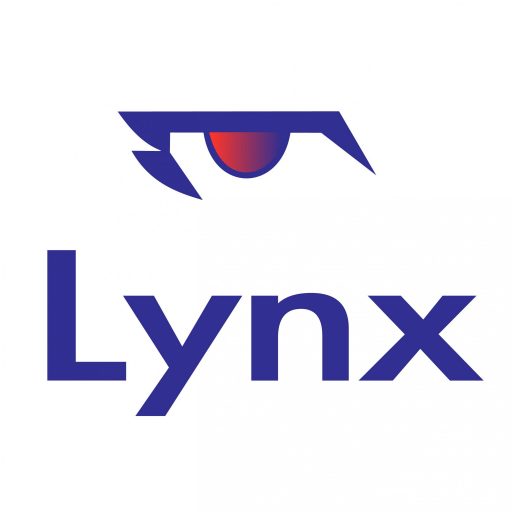As the glazing industry evolves in the face of digital transformation, one area that remains crucial to the success of any window installation is customer invoicing and payment management. This comprehensive guide will delve into the complexities of invoice management in glazing, the role of technology in streamlining this process, and best practices to ensure timely payments and a healthy cash flow.

What is Customer Invoicing and Payment Management?
Definition
Customer invoicing and payment management, often referred to as accounts receivable management, is a critical financial process. It involves the creation and issuing of invoices to customers, tracking and recording of payments received, and managing any overdue payments or disputes.
Importance
Effective customer invoicing and payment management is vital for a business’s financial health. It ensures regular cash flow, improves client relationships by fostering transparency, and allows for better financial forecasting. This is particularly crucial in the glazing industry, where projects are often large-scale and involve significant costs.
Invoicing in the glazing Industry
Whilst the type of invoice used can vary depending on the project size, invoices are often simple. For most retail installation jobs, an overall price is quoted for supply and fit of products of a particular specification and the installer does not provide a further breakdown of costs.
Often, multiple members of staff need access to invoice and payment records at different times. Lynx, with its cloud based interface and document storage makes this process simple, making query handling and chasing up overdue payments much easier by all staff, not just those with access to the core accounting system.
How to Create an Effective glazing Invoice
Essential Elements
An effective glazing invoice should contain these fundamental elements:
- Project/contract references
- Description of services/work provided and the amount being charged, which should accurately reflect the quotation
- The basis of any variation to the originally quoted charges
- Payment information – bank account details and acceptable methods of payment (though this should always be available for verification on your web site too, to prevent Email interception fraud.
Best Practices for Invoice Management
Setting Clear Expectations
Clear contract language outlining invoice expectations and payment timelines can prevent payment disputes. This includes details about deposits, stage payments, any final payment and late payment penalties.
Keeping Organised Records
Maintaining organised records of costs, invoices, and payments can make the invoicing process more efficient and help resolve disputes. It should be possible to provide a detailed statement of invoices, payments and future payments that will fall due at any stage as a contract progresses.
Role of Technology in Invoice and Payment Management
The Shift Towards Automation
The shift towards automation in invoice management is gaining momentum in the glazing industry. Advanced software solutions can automate various aspects of the invoicing process, from invoice generation to payment tracking and record keeping. At the very least, companies need a system that links to their installation calendar so that when stage payments fall due, office staff have a simple way to know what invoices need to be raised.
Benefits of Automated Invoice Management
Automated invoice management systems offer numerous benefits, including reduced administrative work, increased accuracy, faster invoice processing, and improved cash flow management.Without an automated reminder system, it is inevitable that payments will be requested late, or even not at all.
Managing Customer Invoices with Lynx
Lynx offers a complete suite of job management and automation tools for glazing installers, with these at your disposal you can spend more time growing your business knowing that your customers will pay in a timely manner.
Key Features
- Automated invoice generation.
- Direct linkage between the fitting calendar and invoicing (‘Invoice Workflow’) so that when installation dates change, billing is brought forward ot pushed back appropriately
- Customisable estimate and invoice templates.
- Integration with accounting software, saving double-entry of information
- Comprehensive reporting capabilities.
Integrations
Lynx has the ability to integrate directly online with Quickbooks, Xero and Kashflow and to export information to most other accounting systems, including Sage.
Managing Vendor Invoices With Lynx
Just as customer invoicing is crucial, managing vendor invoices is equally important, especially for larger businesses. This involves tracking invoices received from vendors, processing payments, and recording these transactions.
With trade customers, who may have credit account facilities, it is crucial that customer-facing staff can see the overall account position and make decisions at the point of order or sale to minimize bad debt and cashflow exposure. Lynx has the facilities to set and manage account credit limits and policy and to grant authority to override standard policies which are appropriate for each user of the system.
Overcoming Common Delays in Payment
To mitigate common payment delays, ensure invoices are sent to the right person, payment terms are clearly communicated, and invoices are tracked as they are sent so that unwilling payers do not have the excuse that they have not received invoices.
Regular Audits and Checks
Regular audits of your accounts receivable can help identify potential issues early, ensuring your invoicing process remains efficient and effective.
Conclusion
Effective customer invoicing and payment management is crucial for the success of any glazing business. Embracing technology, adopting best practices, and regularly reviewing your processes can help ensure regular cash flow, improved client relationships, and a healthier bottom line.
